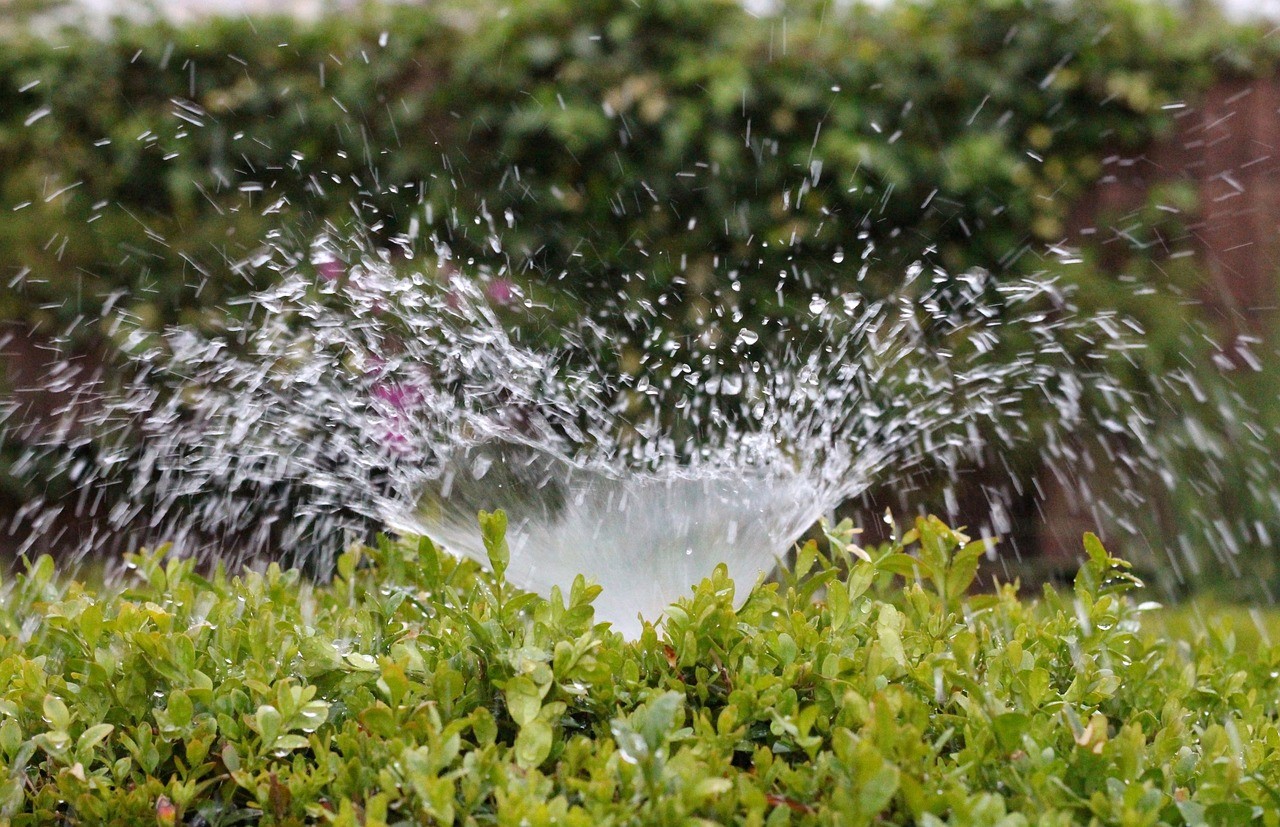Did you know that it is possible for regular citizens to have a dash cam mounted on their vehicle? Many people think that dashcams are only for law enforcement, but anyone is permitted to install them on their personal vehicles.
If you are not familiar with the purpose of a dash cam, it’s a small camera that is usually mounted onto your car’s dashboard. It is then used to record video and audio of everything that occurs inside or outside of your car, depending on where it is mounted. Keep reading to learn how to install a dash cam.
Installing a Dash Cam in Your Car
Although there are many different brands, models, and designs available for dash cams, installation is generally the same. Here, we will go over the basic installation of a dash cam, along with tips to help you along the way. For more specific instructions, be sure to check the manual that comes with your particular dash cam or visit the manufacturer’s website.
When it comes to car camera installation, one of the most important steps is to connect the camera to a power source. In a vehicle, this process is called hard wiring. Most dash cams will come with the tools needed for this process, but there are also third-party installation kits available.
Step One
Before you begin any type of installation of your dash cam, you will first need to decide where the camera will be placed. The best place to install a dash cam is one that has an unobstructed view of the road in front of you and within arm’s reach of the driver’s seat. Many people choose to install their dash cam directly underneath the rearview mirror.
Step Two
Next, you will need to find your vehicle’s fuse box. This will be different for each make and model of vehicle, so consult the owner’s manual for your particular vehicle or a professional if you are not sure where the fuse box is located. In most cars, the fuse box can be found under the dashboard and may be on either the driver’s or the passenger’s side.
Step Three
Once the fuse box has been located, get the dash cam’s power cable and determine the best way to route the cable so that it is as unobtrusive as possible. Make sure there is enough cable to reach the fuse box without having to strain the cable.
In most vehicles, you should be able to pull gently on the A-pillar’s rubber trim to create a space to tuck the cable. If you find that this is not possible in your vehicle, then you may have to remove the A-pillar’s cover in order to route the cable underneath it. Again, refer to your car’s owner’s manual or a professional to make sure this is done properly.
Step Four
With the cable routed to the fuse box, the next step is to find a fuse that is hot to start. This means that the fuse only has power when the vehicle is running. This will make it so that your dashcam only comes on when your vehicle is on and it will turn off when you turn off your vehicle. To determine which fuses are hot at the start, you can use a tool called a circuit tester.
Step Five
Take the key out of the ignition and make sure the car is turned off. Grab a pair of pliers or a fuse puller to remove the hot in-start fuse that you have located. The easy-to-install dash cam kit should contain a part called an “add-a-fuse circuit”.
You will need to install the hot in-start fuse into this circuit. Then, place the circuit with the installed fuse into the empty slot in the fuse box that the fuse was removed from.
Step Six
You will now need to ground the opposite end of the wiring. In the majority of vehicles, a grounding point is located somewhere near the fuse box.
You may need to remove the bottom kick panel of your vehicle in order to access the grounding point.
Then, you will need to remove the bolt attached to the ground point in order to replace it with the ground lug that came with your dash cam installation kit. Consult a professional if you have a hard time locating or reaching the ground point of your vehicle.
Step Seven
Tidy up any excess wiring with a zip tie. Then make sure the wiring is secured to a secure spot under the kick panel or dashboard.
You can do this using additional zip ties. Be sure that all cables and wires are not hanging down at all. This could cause an accident if the wiring gets in your way while driving.
Step Eight
Now it is time to test your dashcam. Place your key into the car’s ignition and put it in the run position. The dashcam should now power on and start recording. If it does, you can now reinstall any covers, panels, or other parts you had to remove during the power cable installation.
If the dashcam does not power on or record, check the power cable and make sure that it is properly connected. You may also need to test a different power cable just to ensure that the one you installed is not faulty.
Summary
In a nutshell, these are the steps on how to install a dashcam in a vehicle. As mentioned previously, the exact steps may vary depending on the make, model, and design of your dashcam and your vehicle. Be sure to follow the steps included in the dashcam installation kit as well as the owner’s manual for your vehicle.
If you get stuck or have questions at any point, you should not hesitate to consult a professional. Working with your vehicle’s electrical system could be dangerous if the proper steps are not followed. Be safe and enjoy your new dashcam!



